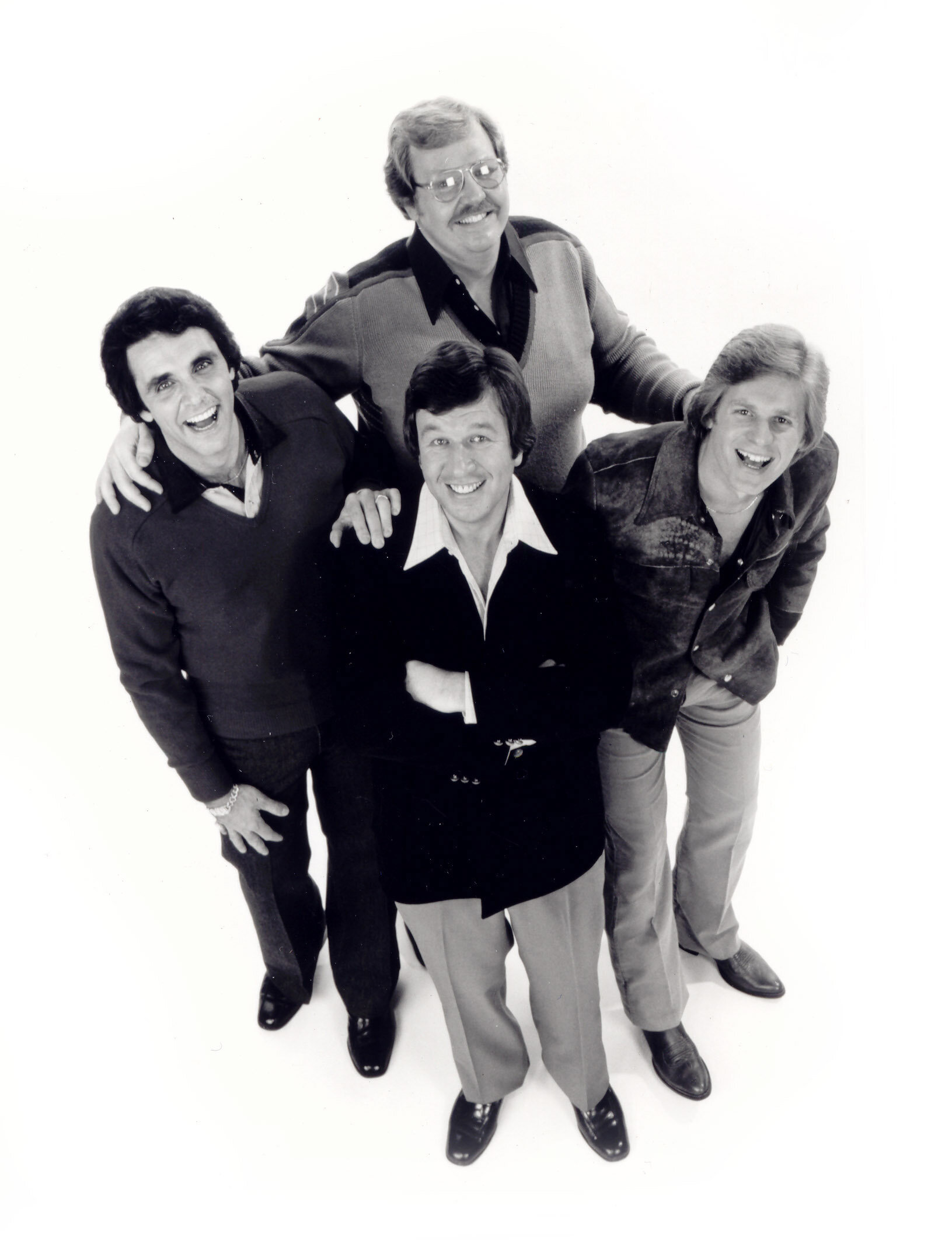In times of chaos and uncertainty, there always seems to be a return to hymns, so it is not surprising that so many artists, both gospel and secular, have recently released recording projects of hymns.
A hymn is not just an “old song” we used to sing. In fact, there are many new hymns being written and whole hymn movements of new writers rising up, not only in the U.S. but in the U.K. and Scandinavia. Then what is a hymn, and why do we need them?
First of all, a hymn is meant to be sung corporately. When we gather with other Believers, we sing together praise to God or remind each other just who this God is that we serve. In general, we could think of hymns as those songs of praise and worship we send up to God identifying for all to hear His attributes and thanking Him for His amazing intervention in our world and in our lives. We sing of the incarnation: God who was before anything existed, the Cause and Source of all things, God of grandeur, power and infinite glory chose to become one of us and to walk with us – Immanuel! Hymns are God-centered and call our attention upward. They are lofty in message and lift us above the earthy. They remind us of our original glory that preceded any “original sin” and remind us of God’s intention to see that glory restored in us. The exchange in hymns, then, is vertical – connecting us to God and seeking to hear His voice speaking to our hearts in return.
Hymns are firmly rooted in God’s Word and, since they are intended to be sung corporately by the fellowship of believers, pull us above our petty differences by reminding us of God’s dream for us – that we would be one.
Because hymns are intended to reflect the qualities of God, they must have poetry that is beautiful, reverent, simple, accurate, and pure. The theme of a hymn should be focused and at the same time universal and not sectarian in its truth, drawing together and then upward all the divergent believers to oneness in Him.
There is no more distilled form of writing than the song lyric, and there is no more condensed form of lyric writing that hymn writing. The thought must be scripturally sound, purely true and without embellishment. This requires that every word count – every verb, every noun, every conjunction, every adverb or adjective accurate – the perfect choice to convey true meaning so that there is no misunderstanding. Every skill of the poet’s art must be called into play in hymn writing so that the clarity and beauty, creativity and purity reflect the Maker Himself in its expression. The music, too, must be harmonically, rhythmically, and melodically singable so that congregations can sing it together.
It is equally imperative that the singer or recording artist not take liberties with the words of a hymn. It is not acceptable to embellish or be careless by changing an “at” to “in” or “Father” to fathers or an “and” to a “but”. Such changes can totally change the meaning and the theology and violate the integrity of the scripture from which the hymn was taken.
Yes, many of the great hymns have been sung literally for centuries, but we do not sing hymns because they are old; we sing them because they are so true that they have survived all the fads of language, rhythm feels, and musical trends. If new hymns live, it will be for the same reason.
No wonder, then, that when times are confusing or the world is in upheaval, we find ourselves needing songs that nail to the wall the deep cardinal truths of our faith and the always available and ever dependable qualities of God. When we cannot sing them as a congregation, we sing them to ourselves to help us remember that the Body of Christ is always at the table and the great cloud of witnesses are always present to encourage, love and support. When we sing hymns alone, we refocus on the ways this great God has delivered us before; this focus turns our anxieties to praise and our questions to certainties.
I love the promise found in Revelation (12:11) that we would overcome the obstacles of any age “by the blood of the Lamb and the Word of our testimony.” This explains the power we find in hymns—those songs that extol and express praise for the qualities of God and the work that Jesus did for us on the cross. Let’s sing our hearts out in great hymn confirmations of truths that transcend the shifting winds of public opinion and trends of the times.





































